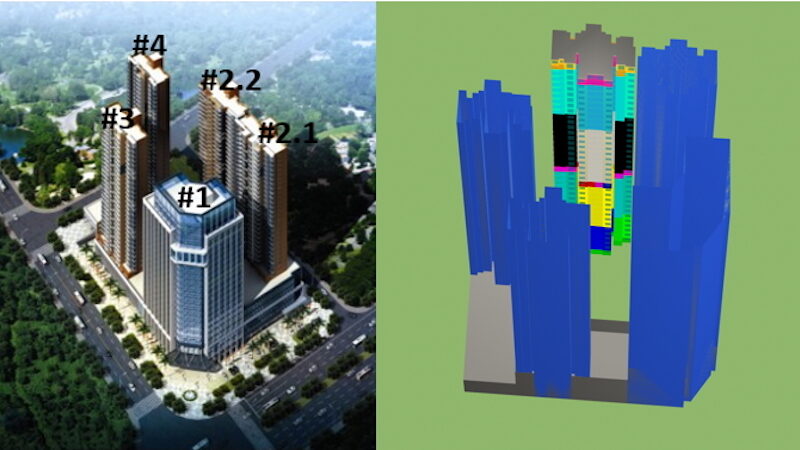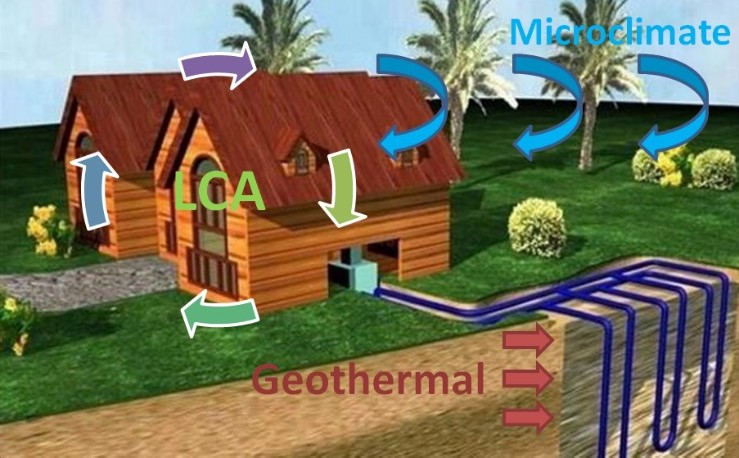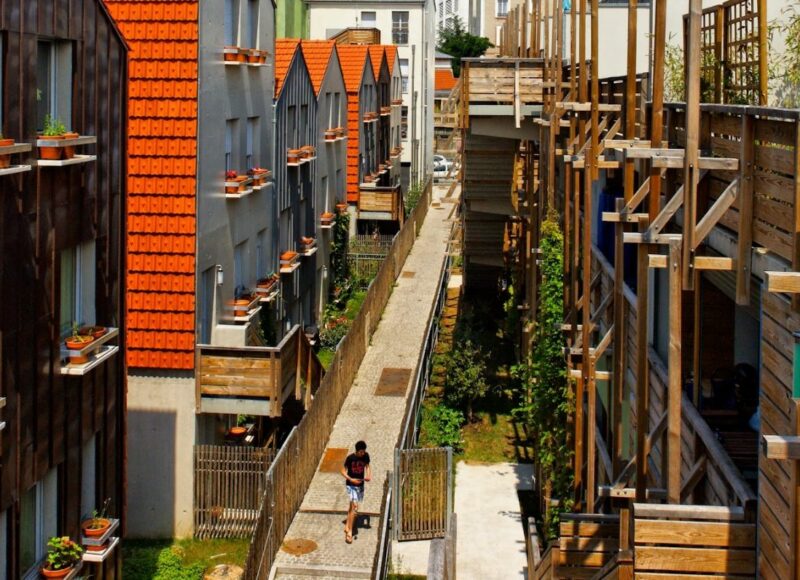Project
Assessment of the environmental impacts of buildings in China
This thesis focuses on the development of the life-cycle assessment of buildings in the Chinese context. It also made it possible to supplement the existing dynamic energy simulation tool by integrating a seasonal storage model in the ground, then testing its application on a case study.
Researchers
PhD Student
Ecole des Mines Paris-PSL
CES
CES
Research Director
Ecole des Mines Paris-PSL
CES
CES
Research Associate
Ecole des Mines Paris-PSL
CES
CES
Tools
This software program for life cycle assessment of neighbourhood projects is used to measure the environmental impacts from the manufacture of materials to the end of their life.
Learn more
This dynamic thermal simulation model of buildings anticipates energy consumption and the risk of discomfort in all seasons. Thanks to the Amapola module, this software program makes it possible to identify the least
Learn more
Life-cycle assessment is a method to assess the environmental impacts of buildings and infrastructures throughout their life cycle, from the extraction of raw materials through to their end-of-lifetime handling.
Learn more
Buildings can be designed and operated to radically improve their energy efficiency and reduce their environmental impact.
Learn more
- About
- Researchers
- Tools
- Research areas









